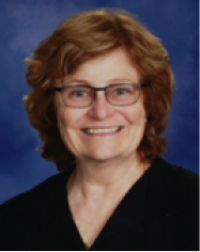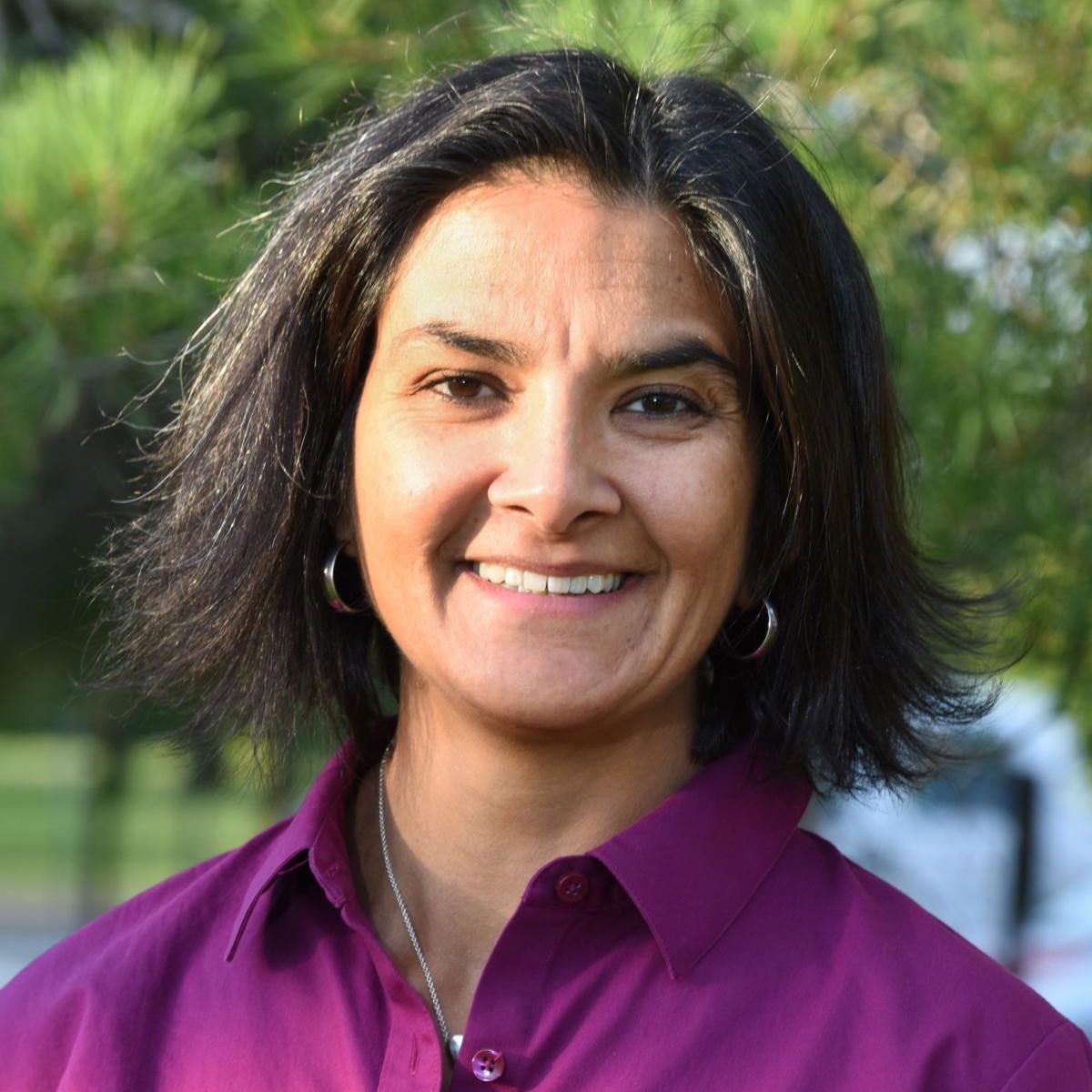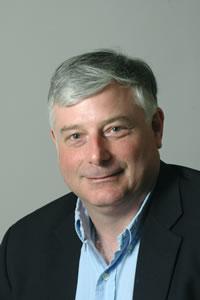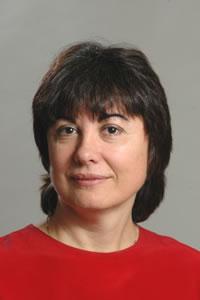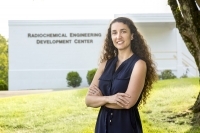
Hadron radiotherapy for cancer treatment with protons or carbon ions was originally developed at the Berkeley Laboratory. Today the United States has more than 25 proton treatment facilities nation wide, but no carbon ion radiotherapy (CIRT) facility. Currently, approximately 20,000 cancer patients worldwide have received CIRT, primarily in Asia and in Europe. This presentation will describe the progress made in this field, and the research and societal issues that still must be addressed.
Eleanor A. Blakely is a graduate of the University of San Diego, San Diego, CA (B.A. Biology with Chemistry minor), and the University of Illinois, Urbana-Champaign, IL (M.S. Biophysics and Ph.D. Physiology) as a U.S. Atomic Energy Commission Special Fellow in Radiation Science and Protection. She has spent her entire professional career at the Lawrence Berkeley National Laboratory (LBNL) where she is a Senior Staff Biophysicist with more than 44 y of professional experience in molecular, cellular and animal radiobiological research directed at studying the basic mechanisms of radiation responses, with an emphasis on charged particle radiation effects. She also holds a Faculty Affiliate Appointment in the Department of Radiological Health Sciences at Colorado State University, Fort Collins, Colorado and is a Clinical Professor of Radiation Medicine (nontenured) at Loma Linda University, School of Medicine, Loma Linda, California. Her professional activities have included service on advisory panels for several hospitals, universities, and numerous federal agencies including the U.S. Department of Energy, the National Institutes of Health (NIH), and the National Aeronautics and Space Administration (NASA) and the Department of Defense (DOD). In June, 2015 she retired after 40 years at LBNL, but was rehired by LBNL in October 2015, and continues to work part-time. In 2015 she received the Berkeley Laboratory Director’s Award for Exceptional Achievement: the Berkeley Lab Citation Award. Dr. Blakely is a Fellow of the American Association for the Advancement of Science, a recipient of the Distinguished Service Award of the Radiation Research Society, and a Distinguished Emeritus Member of the NCRP.

